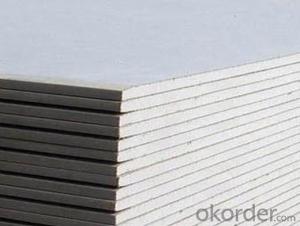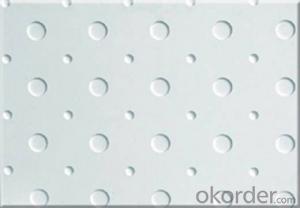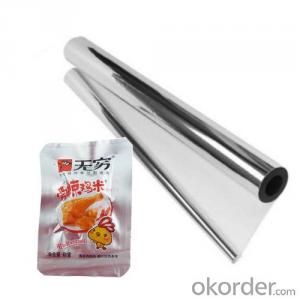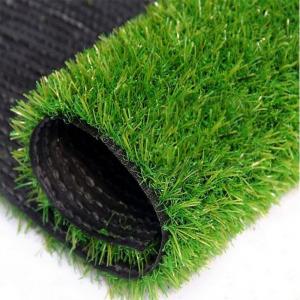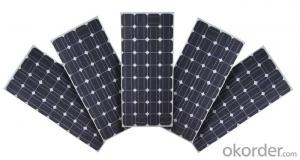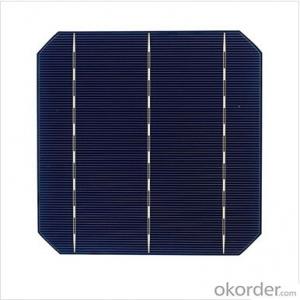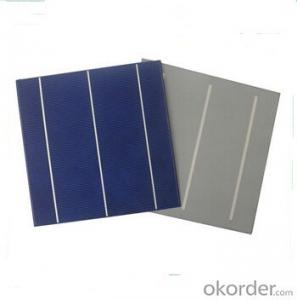Cheap Solar Cells
Cheap Solar Cells Related Searches
Best Inverter For Solar Panels Inverter Box For Solar Panels Inverter For Solar Panels Cost Fiberglass Panels For Roofing Foam Panels For Building Wall Lights For Bedrooms Geogrid For Retaining Wall Tar Paper For Roofing Wall Spotlight With Plug Woven Steel Mesh PanelsHot Searches
Price For Stainless Steel Scrap Scrap Price For Stainless Steel Price For Stainless Steel Cheap High Tea Sets For Sale Price Of Shipping Containers For Sale Stock Price For Aluminum Cheap Solar Cells For Sale Air Pump For Aquarium Price Inverter Size For Solar System Used Foam Board Insulation For Sale Price List For Building Materials Magnesium Oxide Board For Sale Hdf Board For Sale sintra board for sale Cheap Mini Laptops For Sale Plywood For Sale Cheap Cheap Washers For Sale Cheap Tall Vases For Sale Solar With Inverter Price Steel Mesh Panels For SaleCheap Solar Cells Supplier & Manufacturer from China
Okorder.com is a professional Cheap Solar Cells supplier & manufacturer, offers integrated one-stop services including real-time quoting and online cargo tracking. We are funded by CNBM Group, a Fortune 500 enterprise and the largest Cheap Solar Cells firm in China.Hot Products
FAQ
- Yes, solar cells can be used in water desalination. Solar energy can be harnessed by solar cells to power desalination processes such as reverse osmosis or distillation, providing a sustainable and renewable source of energy for converting saltwater into freshwater.
- Yes, solar cells can be used for water heating applications. Solar thermal collectors, which incorporate solar cells, can absorb sunlight and convert it into heat energy, which can be used to heat water for various purposes such as domestic hot water, swimming pools, and space heating.
- Yes, solar cells can be used in mining operations. They can be employed to power various equipment and machinery used in mining processes, such as lighting, ventilation systems, pumps, and conveyor belts. Solar energy can also be used to generate electricity for on-site offices and facilities, reducing the reliance on traditional energy sources and minimizing the environmental impact of mining activities. Additionally, the use of solar cells in mining operations can contribute to cost savings and improve the overall sustainability of the mining industry.
- Yes, solar cells can be used in agricultural settings. They can be used to power irrigation systems, electric fences, and other equipment used in farming. Additionally, solar panels can be installed on agricultural buildings or land to generate electricity, reducing the reliance on grid power.
- Yes, solar cells can definitely be used to power sports stadiums. Solar panels can be installed on the rooftops of stadiums or in nearby areas where they can harness sunlight and convert it into electricity. This renewable energy source can help reduce carbon emissions, lower energy costs, and provide a sustainable power solution for sports stadiums.
- The environmental impact of solar cell production is relatively low compared to other forms of energy production. While the extraction and processing of raw materials required for solar cell production can have some environmental consequences, such as land disturbance and water pollution, the overall impact is minimal. Additionally, the use of solar energy reduces greenhouse gas emissions and dependence on fossil fuels, making it a sustainable and environmentally friendly option for energy generation.
- The role of anti-islanding devices in solar cell systems is to ensure the safety of utility workers and prevent damage to the grid in the event of a power outage. These devices are designed to detect when the grid loses power and immediately disconnect the solar system from the grid. This prevents the solar system from continuing to generate electricity and feeding it back into the grid, which could pose a danger to workers trying to fix the power outage. Anti-islanding devices also help to protect the solar system itself from potential damage caused by voltage fluctuations during an outage.

